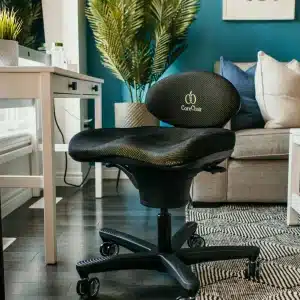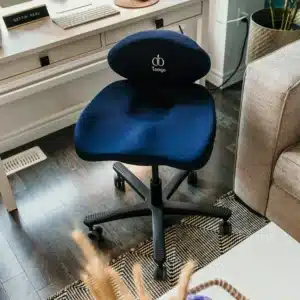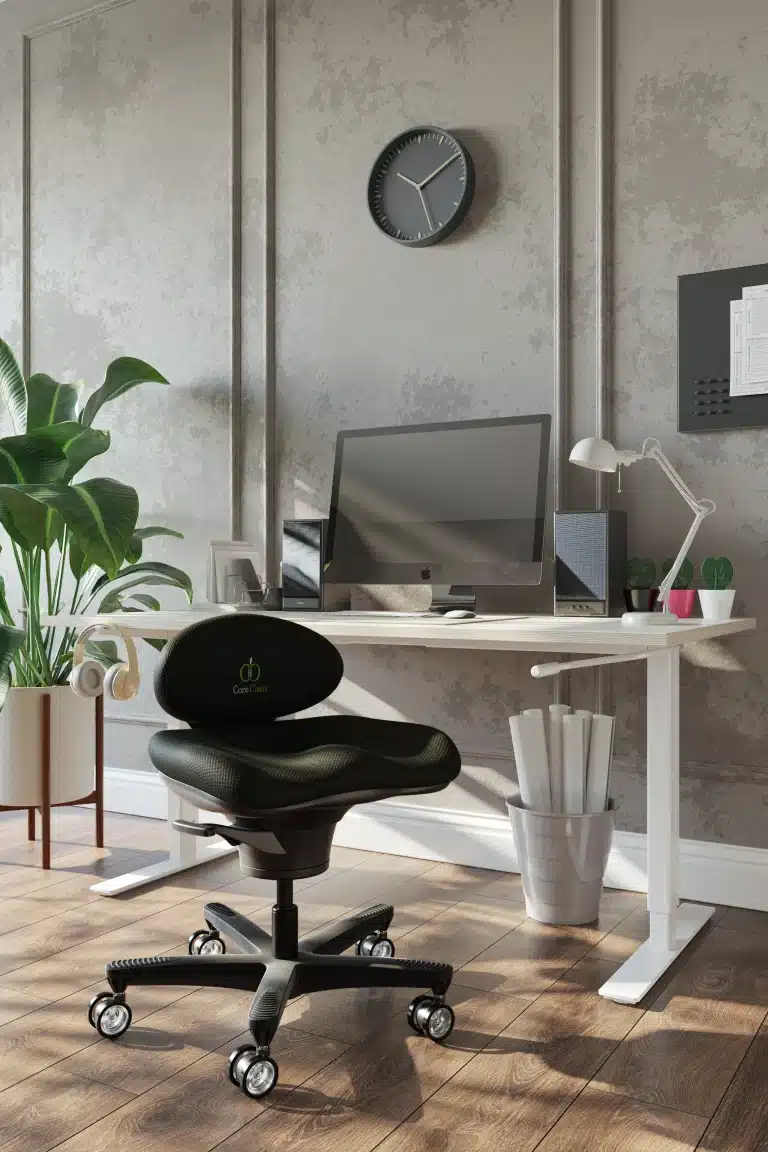Back pain is a common inconvenience people face nowadays. In fact, almost 80% of adults experience some form of back pain. Given back pain’s prevalence, chances are high that it is an issue in your workplace as well. If that is the case, expect your employees’ productivity to dip, as any pain will prevent your staff from performing to the best of their abilities.
While back pain can cause issues in productivity, it is also linked to something a bit more dire: burnout.
Back Pain: A Sign of Burnout
The World Health Organization (WHO) has confirmed that there is such a thing as burnout, and describes it as a syndrome resulting from chronic and unmanaged workplace stress. Burnout can cause feelings of exhaustion and cynicism, increased mental distance from one’s job, as well as decreased productivity and efficiency.
Burnout can manifest in the body in many ways. It can cause heart palpitations, headaches, stomachaches, and even intestinal problems. Burnout can even cause, yes, back pain — only, the chronic kind.
This means that you are potentially dealing not only with an employee in pain, but also an employee suffering from burnout. That’s quite the double-whammy, as it will likely result in a considerable reduction in productivity and efficiency.
Consider: The inconvenience of suffering from pain alone can already affect an employee’s quality of work; throw burnout into the mix and you will have an aching, disillusioned, and fatigued employee.
Back Pain: A Contributer to Burnout
Back pain is often discussed as a symptom of burnout — it can also be a contributor to burnout. Remember that pain is a cause of stress, and burnout is caused by unmitigated stress. Unmanaged pain can ultimately lead to burnout, too.
Recall the soft tissue ‘creep’ previously explained by Dr. David Lee. Imagine how employees would feel if, after having to sit for hours, they feel back pain every time they stand up. That’s due to the flexed position diminishing neurological stimulation and blood flow. This reduction, in turn, alters the elastomeric properties of the soft tissues around the spine such that they become rigid — and then causing pain when flexed again.
Over time, soft tissue creep can occur, where the soft tissues around the spine stiffen up. This compromises your employees’ ability to recover from prolonged sitting, and creates imbalances in the body. Eventually, this imbalance can lead to injuries, and in turn, more pain that follows them even in day-to-day activities. More pain then causes more stress, while more stress can potentially result in burnout.
Dealing with Back Pain and Burnout
Given the causal link between back pain and burnout, it is all the more imperative that both are dealt with immediately. Fortunately, you can play a part in helping your employees tackle this before they reach dire levels of burnout. The following tips will help:
Reduce Stress
Our previous article on ‘Practical Tips on How To Prevent Workplace Fatigue’ outlines ways to combat exhaustion in the workplace. One of the suggestions — reducing stress — is a counter to burnout. This means you must offer stress-coping mechanisms to your employees, which you can do by asking them about their workplace stressors and addressing these issues accordingly. You can also nudge your employees into adopting healthy responses to stress (e.g., meditation, yoga, balanced diet, etc.), and go so far as to providing some perks that allow them to practice this (e.g. partnering with gyms to offer employee discounts, etc.).
Allow For More Breaks
Keeping your workforce working for long hours won’t make for productive workdays. After all, Pain Free Working notes how breaks are necessary not just for physical health, but for one’s mental health too. In this way, they’ll not only reduce the chances of back pain, but stress as well. So, make sure your staff takes their allotted break time, and prohibit them from working while they’re at it. These breaks will reduce workplace fatigue, and reduce stress in the process.
Get Them Moving
‘Sitting Disease: How to Reverse the Damage Being Done’ notes how prolonged sitting also contributes to back pain. The antidote in this case is simple: Get your employees moving — even while sitting. But to encourage them to move, you’ll need to give them an environment that will allow them to do so. One way to achieve this is with an active sitting, ergonomic chair like the NEAT-certified CoreChair. Its patented technology allows movement in all directions, thus making it easy to stay active and keep moving. The CoreChair also promotes optimal sitting posture, which is also critical in reducing back pain.
Prioritize Everyone’s Health
Lastly, you must take the lead in promoting a healthy lifestyle for good health. We outlined in ‘How To Prioritize Your Health’ some suggestions in this regard. One suggestion is to encourage movement and activity. Two others involve improving posture (which you can ensure through the use of CoreChair) and promoting regular exercise. Try to incentivize healthy living. While it is a significant investment, the trade-off is a fitter, healthier, and possibly back pain-free workforce — something that may be well worth it, considering the high probability of increased productivity and efficiency.










